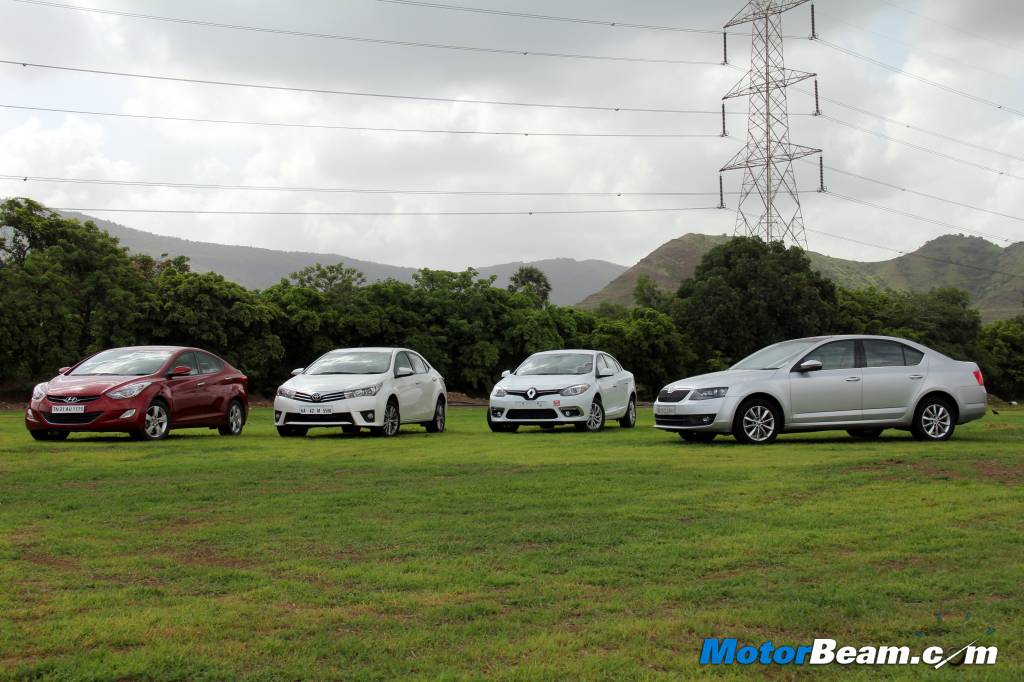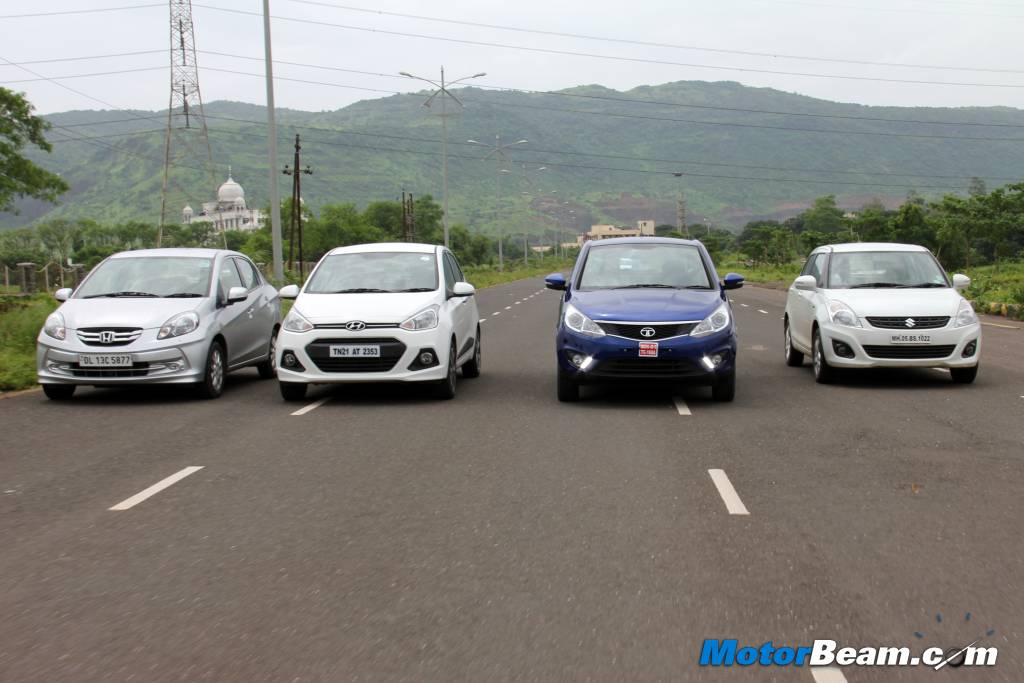The Indian automotive industry is one of the biggest in the world, apart from China. Here, various manufacturers produce vehicles for domestic sales as well as exports. The number of vehicles being exported to other continents like Europe is quite high. While few major manufacturers have reduced exporting vehicles from India to Europe, the fact is that automakers do source a huge amount of components from India. Even though the auto market is witnessing a downfall on overall performance since the past couple of years, manufacturers aren’t deterred by this fact and they continue developing products here as well as export them to other nations.
The new government has just sworn in to power and they are clearly aiming at increasing the manufacturing and productivity output in the country. This comes as a great motivational push to companies in India. While China is the biggest auto market with an annual sales rate of 20 million units, India too has a lot of growth potential. In the fiscal 2012-13, 2.7 million units were sold. The overall car to human ratio in India is 15:1000 while in China it is 60:1000. This gap will only decrease since it is predicted that yearly sales will increase by 5-15% in the future. India will overtake Thailand by 2020 to become the global automobile hub.
China has the biggest two-wheeler market too and India comes at second position. Many international players are now entering the Indian market. Apart from all this, the transit time from India to Europe (22 days) is far lesser than the transit times from Bangkok to Europe or Jakarta to Europe (26 and 28 days respectively). With the entry of new products in India, it will get quite interesting to watch whether India is successful in reaching its $145 billion annual turnover target by 2016 (announced in 2006) or not.






